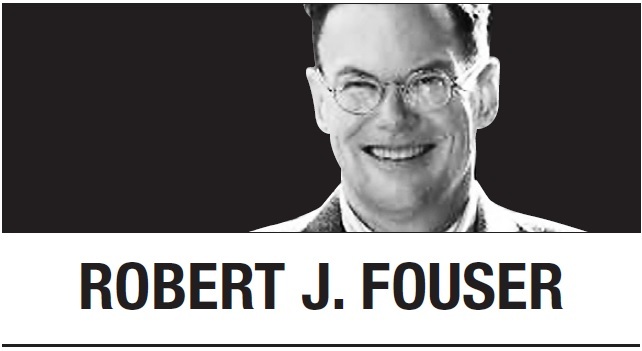
Emmanuel Macron’s reelection victory in France’s recent presidential election was welcomed most heartily in EU and NATO countries. Macron’s far-right opponent, Marine Le Pen, has long been critical of the EU and NATO and has threatened to pull France out of both organizations. As the second largest economy in the EU and one of the strongest military powers in NATO, a French withdrawal would have disastrous consequences for both organizations.
Macron’s win is also a victory for centrism, which is finding itself increasingly without a strong voice in an age of heightened political polarization. In the first round, which includes a long list of candidates, Macron came in first with 28 percent of the vote. Le Pen and far-right candidates had 30 percent while Jean-Luc Melenchon and other far-left parties received about 25 percent. Together, the far ends of the political spectrum won over 50 percent of the vote, while establishment center-right and center-left parties were crushed. In the second round, establishment and left-leaning voters swung strongly for Macron, which gave him an impressive 58.5 percent of the vote.
The election leaves France with a president who was not the first choice of most people but who was elected in what would be considered a landslide in other countries. This gives him legitimacy devoid of the passions of popularity. It does not hide the deep divisions in French society that appeared in the first round, but it gives him a chance to address them during his second five-year term.
For other countries with presidential systems, the French system offers insight into how constitutional structures work to promote centrism at the expense of extremes. The system evolved to promote stability in the postwar era. From 1946 to 1958, France had a parliamentary system with a weak president chosen by the legislature. Turn-over in governments was high and the country was searching for stability. In 1958, World War II leader Charles de Gaulle returned from retirement and led the writing of a new constitution for the Fifth Republic. That year, de Gaulle was elected president by an electoral college for a seven-year term. In 1962, de Gaulle wanted to strengthen the presidency and proposed to amend the constitution to allow for direct election through two rounds of voting.
Since its first use in 1965, the French system has worked well to keep extremes out of power. Until Macron, power shifted from established center-right to center-left presidents regularly. Macron’s emergence in 2017 as a reformist centrist broke this pattern but kept extremes at bay. In that election, Marine Le Pen won only 34 percent of the second-round vote.
For South Korea, adopting the French system offers a way to deal with three problems that have emerged since in the post-1987 democratic order. The first is popular legitimacy of the president. In the eight elections held since 1987, only one president, Park Geun-hye, was elected with over 50 percent of the vote. The lowest was Roh Tae-woo, who won the 1987 election with only 37 percent of the vote. This means that every South Korean president, except for Park Geun-hye, has started his term from a minority position. By contrast, every French president has started from a majority position. At times, such as 1974, 1981 and 2012, the gap has been small, but each has started with majority support.
The second is that the current system promotes polarization because a candidate can win with a plurality instead of a majority. This has favored candidates with the largest number of loyal supporters. Polarization in South Korea is based most strongly on regional identity. This favors candidates who attract support from the most populous regions and who solidify regional support. The southwest Gyeongsang Province region is the most populous, which explains why candidates with roots in the region have won every presidential election except for Kim Dae-jung in 1997 and Yoon Suk-yeol this year. A second round would require candidates to build broader coalitions, which will help reduce regional and other forms of polarization.
The final problem is that the current system encourages a two-party system that gives parties, not voters, control over choosing candidates. Traditionally, two-party systems have been viewed as a source of stability, but voters in South Korea and elsewhere have become increasingly disenchanted by the choices the parties have offered up. Feelings of alienation are particularly strong among younger generations who feel little party loyalty. Having a wide selection in the first round would encourage participation which is critical to nurturing democratic values in younger generations.
Robert J. Fouser
Robert J. Fouser, a former associate professor of Korean language education at Seoul National University, writes on Korea from Providence, Rhode Island. He can be reached at robertjfouser@gmail.com. -- Ed.








